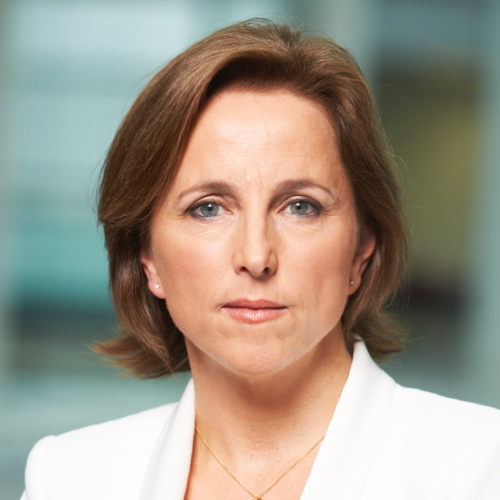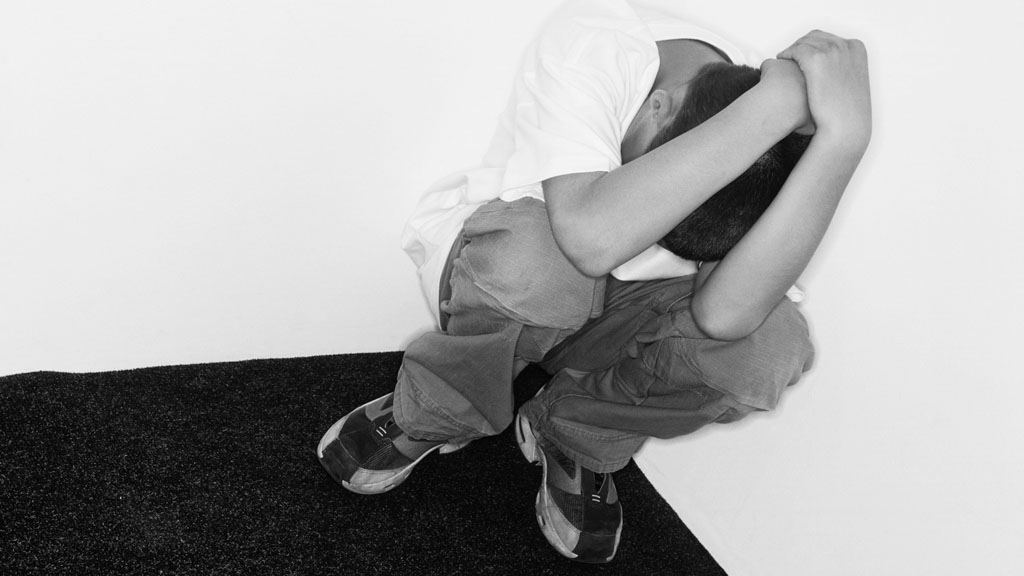Girl gangs ‘most at risk in society’ – report
 Jackie Long
Social Affairs Editor and Presenter
Jackie Long
Social Affairs Editor and Presenter
Girls who are in, or linked to, gangs are among the most at-risk groups of children in society, according to a new report by the Centre for Mental Health.

The very notion of being in a gang sounds powerful and strong. It suggests being in control, that you are someone to be feared. For many of the girls who end up in gangs, the reality is starkly different.
They are completely powerless. The control all belongs to someone else. And they are the ones who end up living in fear, raped or physically abused, humiliation is a constant.
Girls who are in, or linked to, gangs are among the most at risk group of children in society, according to a new report by the Centre for Mental Health. It makes stark reading.
The study analysed the health of 8,000 young people screened at the point of arrest between August 2011 and November 2012.
And it found girls and young women who were involved with gangs were markedly more vulnerable than other girls. Judging a number of risk factors, they found these girls were five times more likely to have a parent in prison and five times more likely to have been involved in risky sexual activity.
They also have a much higher risk of suicide and self harm.
Reaching out for protection
The report paints a picture of girls who often have a troubled start in life and who, ironically, reach out to gangs to find some sort of “protection”, to replace broken family ties and to find stability.
But what they find instead is often worse: passed around men for sex or ending up victims of domestic violence. Even their life expectancy can be lower.
A depressing and now familiar element of stories about exploited young people is the acknowledgement that there are often early warning signs that are equally often missed.
Lorraine Khan, the author of the report, says “We’re very good and geared up for picking up children when they’ve moved into crisis but not so able to see those young children as they career into that crisis.”
She says it’s clear everyone working with children and their families should be alert to the risk factors and intervene very much earlier.
“Prevention is very much better than high cost cures.”
-
Latest news
-
As India goes to the polls in the world’s largest election – what do British-Indians think?6m

-
Tees Valley: Meet the candidates in one of the biggest contests coming up in May’s local elections4m

-
Keir Starmer says public sector reform will be a struggle7m

-
Nicola Sturgeon’s husband Peter Murrell charged with embezzlement of funds from SNP1m

-
Ukraine might finally get $60billion in American weapons and assistance to defend against Russia3m

-




